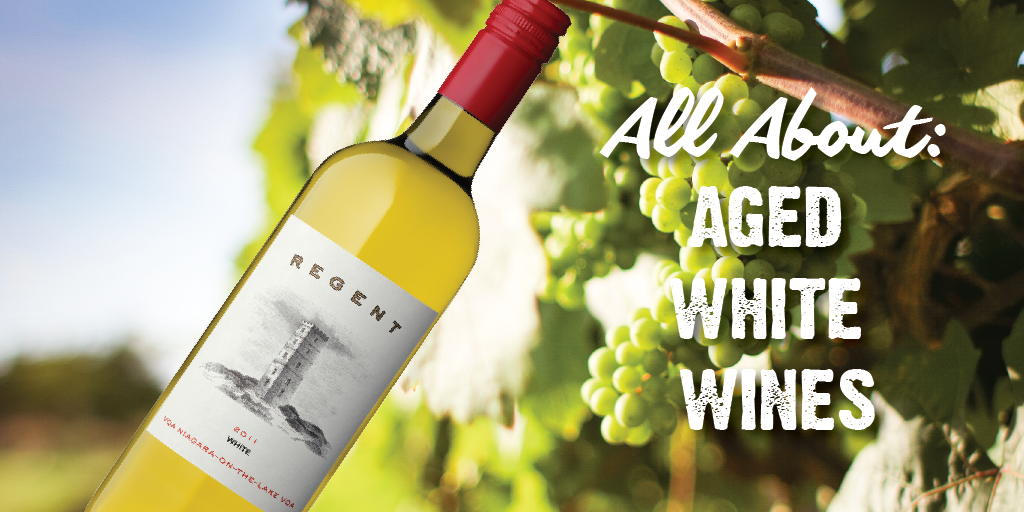All About: Aged White Wines

Aged white wines are a rare and beautiful thing - but sometimes hard to understand. Most white wines—about 95 percent of wines on the market—are made for enjoying young, while they are fresh and fruity. But aged white wine is a little different. Just like reds, the fresh fruit aromas and flavours take on spicier, sweeter, complex character that can be described as dried, cured, baked, or even burnt.
Oak in white wines
Oak is used in white wines mainly for two purposes - to add flavours and to give the wine properties that will allow it to age. For flavour, oak chiefly lends a wine sweet spice notes like vanilla and clove, butter, popcorn and… sweet oak. These notes can be quite pronounced when the oak is new. Winemakers will use previously filled barrels when they want to impart characteristics upon the wine other than flavour. That is, they want to create a wine that will age. The gradual introduction of oxygen to a wine over many months or even years in barrel will stabilize the wine so that they can age for several years or even up to ten (and sometimes more).
Age-worthy white grapes
White grapes that respond well to oak ageing are generally higher in acid and grown in cooler climates. These include Chardonnay, Sauvignon Blanc, Riesling and Chenin Blanc. Acid acts as a preservative, allowing the wines to age and evolve while still maintain balance and structure.
Whites in Ontario
Here in Ontario, many of our higher-end Chardonnays are treated with a combination of new and used oak barrels. Stratus in Niagara makes some particularly interesting oak-aged white wines, like the Regent 2011 White from our Fall ClubK pack. This wine is as a blend of predominantly Sauvignon Blanc, with Gewurztraminer, Semillon and Viognier. It was aged in new and used oak barrels for almost a full two years before being bottled.
Have you tried an aged white wine? Leave us a comment and let us know!

I knew there was oak in the 2011 Regent white and it was so well integrated that it came across to me more in the weight of the wine than any specific aroma or flavour. I really liked this wine but mistook part of the tertiary aspect to be volatile acidity. Looking back, it didn’t have a real nail polish characteristic, but it was very unusual and it became more enhanced over the next couple of days in the bottle. So, that would be an indicator that it wasn’t VA but rather due to age and perhaps the continued development of the flavonoids through the oxidation process in the open bottle. Or maybe the oxidation just enhanced the flavonoids that were already there. Thanks for this really different wine and the explanation!